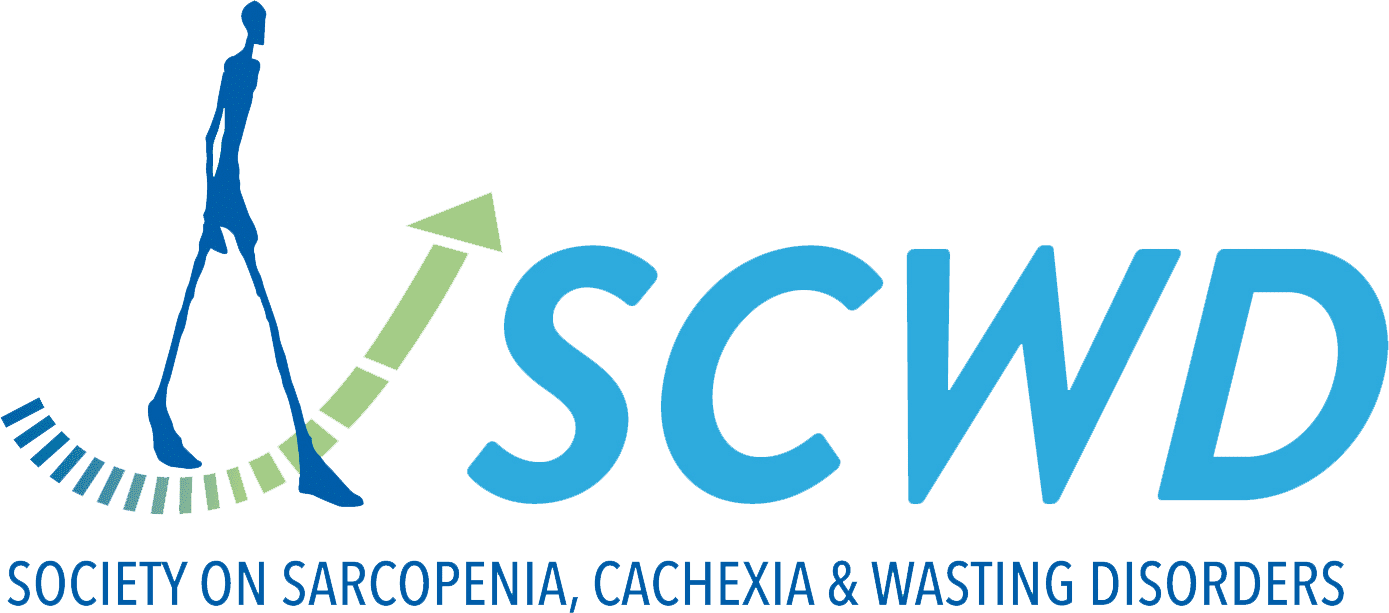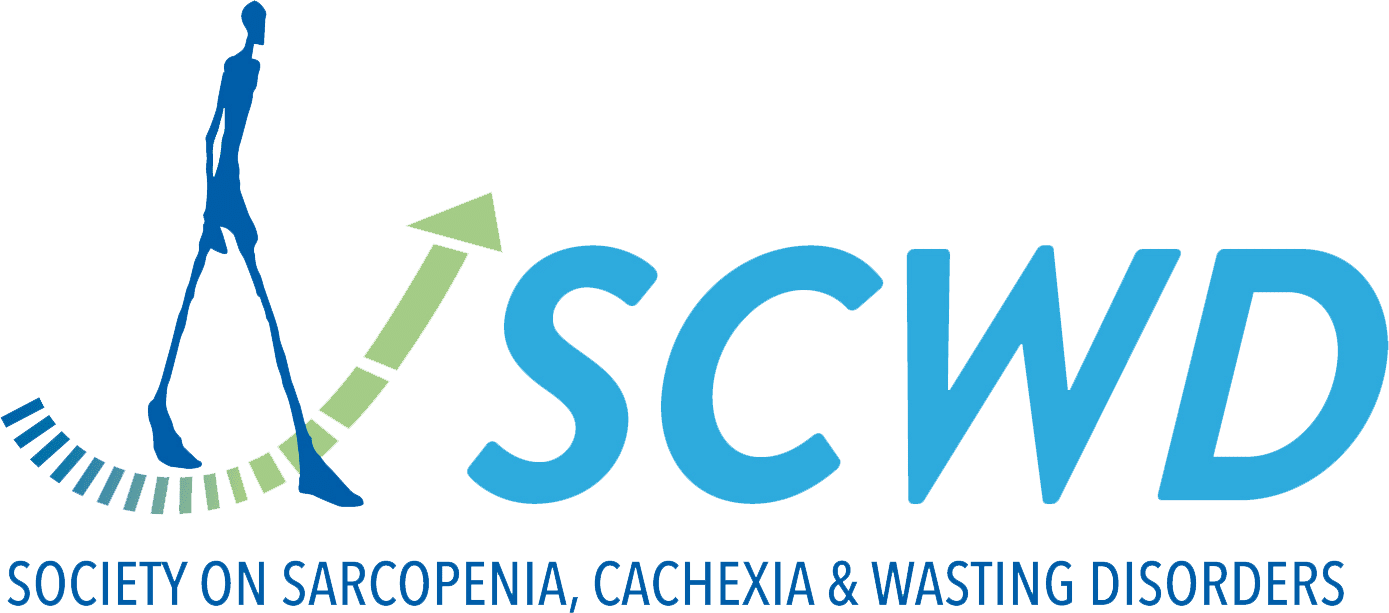👤 Authors: Katia Charrière, Antoine Ragusa, Béatrice Genoux, Antoine Vilotitch, Svetlana Artemova, Charlène Dumont, Paul-Antoine Beaudoin, Pierre-Ephrem Madiot, Gilbert R Ferretti, Ivan Bricault, Eric Fontaine, Jean-Luc Bosson, Alexandre Moreau-Gaudry, Joris Giai, Cécile Bétry
ODIASP: An Open-Source Software for Automated SMI Determination-Application to an Inpatient Population.
The diagnosis of malnutrition has evolved with the GLIM recommendations, which advocate for integrating phenotypic criteria, including muscle mass measurement. The GLIM framework specifically suggests using skeletal muscle index (SMI) assessed via CT scan at the third lumbar level (L3) as a first-line approach.
However, manual segmentation of muscle from CT images is often time-consuming and infrequently performed in clinical practice. This study is aimed at developing and validating an open-access, simple software tool called ODIASP for automated SMI determination.
Data were retrospectively collected from a clinical data warehouse at Grenoble Alpes University Hospital, including epidemiological and imaging data from CT scans. All consecutive adult patients admitted in 2018 to our tertiary centre who underwent at least one CT scan capturing images at the L3 vertebral level and had a recorded height were included.
ODIASP combines two algorithms to automate L3 slice selection and skeletal muscle segmentation, ensuring a seamless process. Agreement between cross-sectional muscle area (CSMA) values obtained using ODIASP and the reference methodology (i.e., manual determination) was evaluated using the intraclass correlation coefficient (ICC).
The prevalence of reduced SMI was also assessed. SMI was available for 2503 participants, 53.3% male, with a median age of 66 years (51-78) and a median BMI of 24.8 kg/m 2 (21.7-28.7).
In a validation subset of 674 scans, agreement between the reference method and ODIASP was substantial (ICC: 0.971; 95% CI: 0.825-0.989) and improved to excellent (ICC: 0.984; 95% CI: 0.982-0.986) after correcting for systematic overestimation (a 5.8 cm 2 [5.4-6.3]) indicating excellent agreement. The prevalence of reduced SMI was 9.1% overall (11.0% in men and 6.6% in women).
The ODIASP software is available as a downloadable executable to support its use in research settings. This study demonstrates that ODIASP is a reliable tool for automated SMI at the L3 vertebra level from CT scans.
The integration of validated AI algorithms into a simple, open-source software enables scalable, standardised assessment of SMI in diverse patient populations and supports future integration into clinical workflows for improved nutritional assessment.


